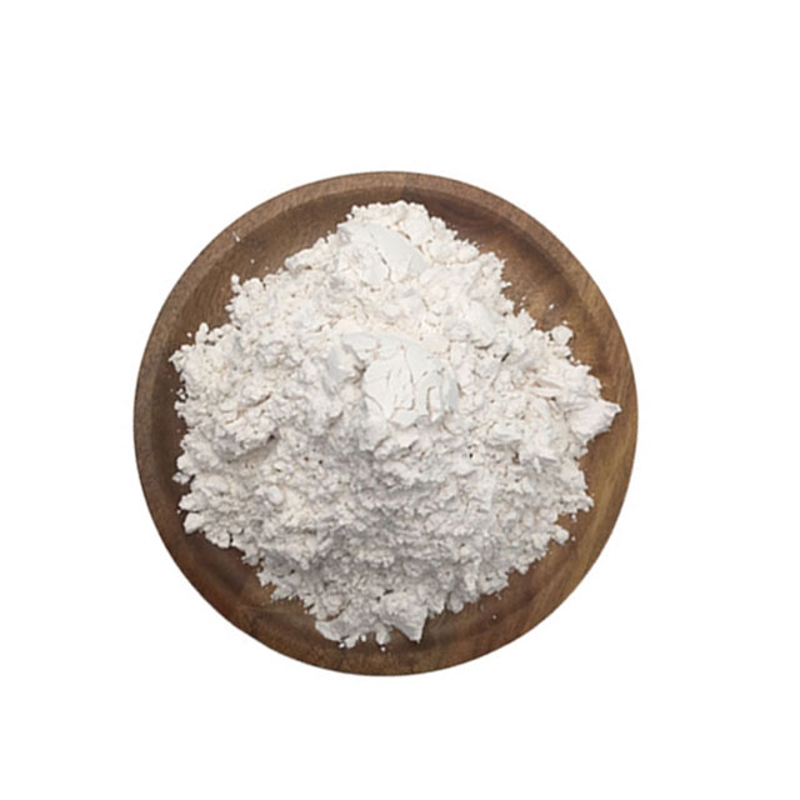Science: new insights on the mechanism of HIV resistance
-
Last Update: 2020-02-02
-
Source: Internet
-
Author: User
Search more information of high quality chemicals, good prices and reliable suppliers, visit
www.echemi.com
February 2, 2020 / biourn / -- recently, the research of Dana Farber Cancer Research Institute revealed the mechanism of HIV resistance to a variety of drugs, which opened the door for the development of more effective treatment methods Today, there are many drugs that can help control HIV infection, including integrase chain transfer inhibitors There are four drugs in the drug family: raltegravir, elviteravir, doluteravir and bitegravir They all work by binding to a key enzyme of HIV, called integrase, to prevent it from inserting the genetic material of the virus into the DNA of human cells Although initially very effective, over time, HIV can develop resistance to these drugs The study, published online in the journal Science on January 30, 2020, found the mechanism of drug resistance in HIV Although these drugs are usually very effective in binding and blocking integrase, over time, the virus weakens the drug's ability to make HIV work again (photo source: www Pixabay Com) "our research on structural biology enables us to see the precise structure of active sites of drugs and viral enzymes This structure will provide a reference for the design of more effective integrase inhibitors, which can improve the lives of millions of people HIV " Alan Engelman, Professor of cancer immunology and virology, Dana Farber Cancer Institute, USA "The weakening of drug binding is due to the combination of virus mutation and the loss of key water molecules in the active site Understanding this mechanism will help improve these drugs in the future, "said the author, Professor Edina Rosta of King's College London Daniel kuritzkes, director of infectious diseases at legen women's Hospital and professor of medicine at Harvard Medical School, recommends a global first-line treatment for AIDS " "This study shows that we can reveal the complex relationship between drugs and their targets through frozen electron microscopy, so as to provide guidance for future clinical treatment," explained Peter Rosenthal, head of cell structure biology, virus laboratory, Francis Crick Institute Source of information: how HIV development resistance to key drugs discovered original source: "structural basis of second generation HIV integration inhibitor action and virtual resistance" Science (2020) Science Sciencemag.org/lookup/ 1126/science.aay4919
This article is an English version of an article which is originally in the Chinese language on echemi.com and is provided for information purposes only.
This website makes no representation or warranty of any kind, either expressed or implied, as to the accuracy, completeness ownership or reliability of
the article or any translations thereof. If you have any concerns or complaints relating to the article, please send an email, providing a detailed
description of the concern or complaint, to
service@echemi.com. A staff member will contact you within 5 working days. Once verified, infringing content
will be removed immediately.







